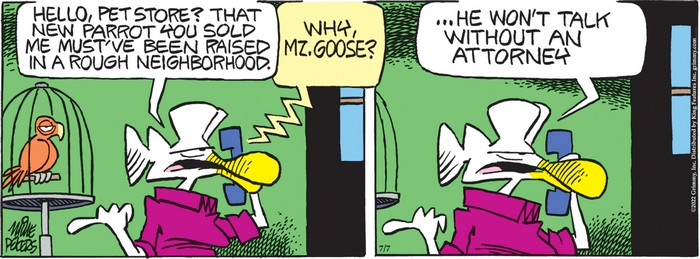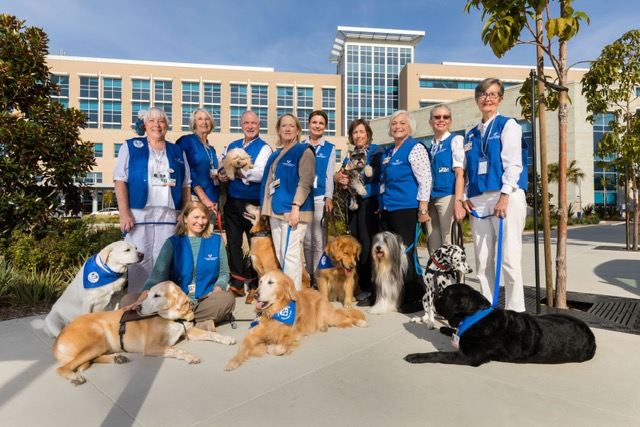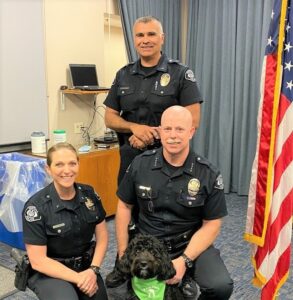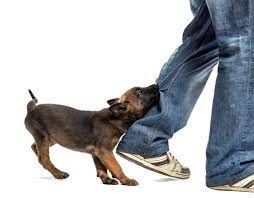 ∙SPAN Thrift Store is open to the public and looking for donations of adult clothing, household items and tools. SPAN Thrift Store regularly provides $10 spay and neuter clinics for low income households for cats and dogs. Upcoming clinics include: Tuesday, August 16th, parking lot of Shiells Park, 649 C St, Fillmore; Tuesday, Aug 30th, parking lot of SPAN Thrift Store 110 N. Olive St, Ventura. Please call to schedule an appointment (805) 584-3823.
∙SPAN Thrift Store is open to the public and looking for donations of adult clothing, household items and tools. SPAN Thrift Store regularly provides $10 spay and neuter clinics for low income households for cats and dogs. Upcoming clinics include: Tuesday, August 16th, parking lot of Shiells Park, 649 C St, Fillmore; Tuesday, Aug 30th, parking lot of SPAN Thrift Store 110 N. Olive St, Ventura. Please call to schedule an appointment (805) 584-3823.
∙What are vaccines, and why do they matter?
Vaccines are products designed to trigger protective immune responses and prepare the immune system to fight future infections from disease-causing agents. Vaccines stimulate the immune system’s production of antibodies that identify and destroy disease-causing organisms that enter the body.
Experts agree that widespread use of vaccinations within the last century has prevented death and disease in millions of animals. Vaccinations protect your pet from highly contagious and deadly diseases and improve your pet’s overall quality of life.
Reasons to vaccinate your pet
Vaccinations prevent many pet illnesses.
Vaccinations can help avoid costly treatments for diseases that can be prevented.
Vaccinations prevent diseases that can be passed between animals and also from animals to people.
Diseases prevalent in wildlife, such as rabies and distemper, can infect unvaccinated pets.
In many areas, local or state ordinances require certain vaccinations of household pets.
For most pets, vaccination is effective in preventing future disease or decreasing the severity clinical signs. It is important to follow the vaccination schedule provided by your veterinarian to reduce the possibility of a gap in protection.
Any type of medical treatment has associated risks, but the risk should be weighed against the benefits of protecting your pet, your family and your community from potentially fatal diseases. The majority of pets respond well to vaccines.
“Core” vaccines are recommended for most pets in a particular area or geographical location because they protect from diseases most common in that area. “Non-core” vaccinations are for individual pets with unique needs. Your veterinarian will consider your pet’s risk of exposure to a variety of preventable diseases in order to customize a vaccination program for optimal protection throughout your pet’s life.
∙Dogs sometimes don’t like certain people, and their owners can’t explain why. But scientists are increasingly learning more about dog behavior and cognition. Since 2005, scientists have studied dogs more intensely, and they’ve gained greater insight as to how dogs collect information to determine when someone is growl-worthy.
A dog’s sense of smell is profoundly more sensitive than humans. Whereas humans have about five to six million smell receptors, dogs have 220 million — some breeds have 300 million. Dogs can detect scents that humans won’t notice until it is 50 times concentrated. In some instances, a scent needs to be concentrated 100 times before a human can detect it.
Studies using magnetic resonance imaging (MRIs) have identified that dogs do not have a large frontal lobe like humans. Instead, they have a massive olfactory bulb that takes up 10 percent of their brains.
Since a dog’s sense of smell is 10,000 to sometimes 100,000 times better than ours, dogs can not only smell things humans can’t register, but they also apply more meaning to the scents they sniff. Whereas humans tend to notice smells that are either good or bad, dogs collect and store information about all sorts of odors.
In some instances, odors create an association for dogs. In The Other End of the Leash, an applied animal behaviorist described a dog she worked with who welcomed some visitors, but bit others. She interviewed the client to determine what the bite victims had in common. They didn’t see any patterns in terms of not liking specific people (i.e. fear of tall men), but they could see a similarity in smell among the bite victims. All had eaten pizza before visiting the house, and the dog could still smell it hours later.
Smelling faint scents and forming associations is one way dogs might not like a person. Research also shows that dogs can smell different human emotions through changes to chemosignals, such as adrenaline, sweat and body odor. And when it comes to their humans, they can determine if fear produced sweat.
Other studies have found that dogs have the ability to sense changes seen within a fight-or-flight response, including changes to facial expressions, as well as gestures. Studies have found that service dogs can assist veterans with post-traumatic stress disorder (PTSD). Dogs can provide a distraction after they sense the slight changes their person exhibits when they experience intrusive thoughts.
∙It’s a popular myth that if a cat is an indoor-only pet, it does not need regular vet visits and vaccinations. But just like dogs, cats need to see a vet at least once a year.
Not only do even strictly indoor cats need regular vaccinations, but vet visits are necessary for more than just shots.
Regular wellness exams can help with a cat’s socialization skills. Having exposure to new people, places and environments, and not being relegated to just the family home, also helps decrease stress and anxiety.
Annual vet care can help detect illness. It is often hard to tell when the family feline is under the weather because cats are known for concealing sickness and pain.
This is especially true for chronic conditions like heart disease, and dental and kidney issues. Owners may not know there is a problem until the condition is advanced when there are no physical signs something is wrong.
Regular checkups with the vet and being observant of a cat’s physical appearance and behaviors are important for early detection of a possible medical problem.
Vet visits are necessary to discuss behavioral changes such as suddenly not using the litter box, or new, out-of-character aggressiveness.
These are often signs of an underlying issue, such as pain (arthritis, urinary tract or bladder infection, etc.), stress (new pet or baby, change in routine, new living arrangements, etc.), or an undiagnosed medical condition.
Behavioral problems are some of the most common reasons why cats are surrendered to shelters, banned from living indoors or even euthanized, so let your vet help find what’s behind them before taking drastic measures.
Regular checkups are also a great time to discuss and evaluate flea and parasite medications. Even indoor-only cats should be on regular preventatives. Indoor cats can still get fleas, intestinal worms, ear mites and heartworms.
 Andoni Bastarrika is an artist from the Basque region of Spain who specializes in turning wet beach sand into sculptures of animals so realistic that people want to pet them.
Andoni Bastarrika is an artist from the Basque region of Spain who specializes in turning wet beach sand into sculptures of animals so realistic that people want to pet them.













